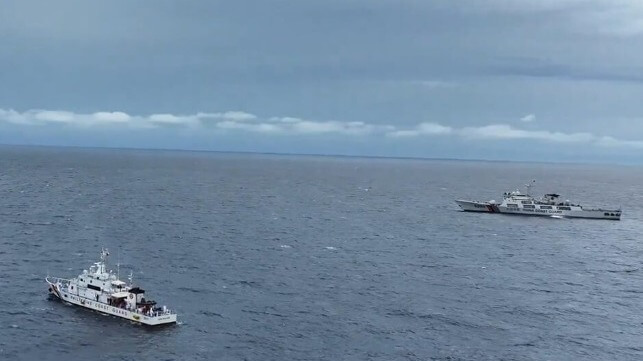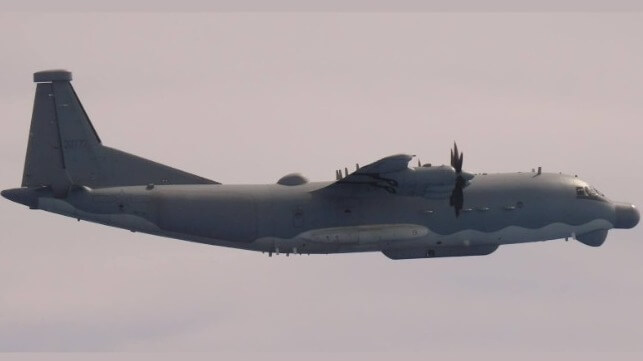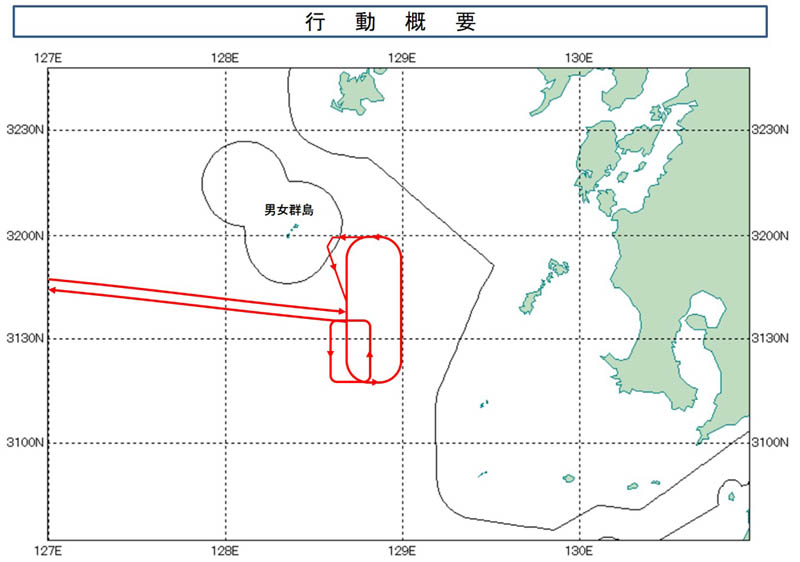WWIII
China Blockades Sabina Shoal to Halt Supplies for Philippine Coast Guard

On Monday, China Coast Guard and PLA Navy vessels blocked a resupply mission for the Philippine cutter BRP Teresa Magbanua, which has been deployed to Sabina Shoal in the Spratly Islands since April. The blockade is the second near Sabina Shoal in days, and it mirrors a long series of Chinese maneuvers to block supply deliveries to nearby Second Thomas Shoal, where the Philippine military maintains a small garrison.
The Magbanua has anchored at the shoal in order to monitor Chinese activity in the Philippine exclusive economic zone. In May, the Philippine Coast Guard announced the discovery of crushed coral deposited atop the reef, a possible sign of Chinese island-building activity. China has already covered seven large reefs in the Spratly Islands with dredge spoils in order to build a series of military bases, complete with bomber-capable runways, air defense systems, long-range radars, and deep harbors to support its warships.
In return, the China Coast Guard has kept close watch on the Magbanua. The world's largest armed coast guard cutter, the cruiser-sized CCG 5901, anchored just 800 yards away from the Philippine vessel in July.
The altercation Monday occurred when the cutters BRP Cabra and BRP Cape Engano attempted to reach BRP Teresa Magbanua to deliver food and supplies to the crew, including a cargo of "special" ice cream in honor of the Philippines' national heroes day. The Cabra and Engano encountered a flotilla of 40 Chinese vessels blocking the way, including 31 maritime militia trawlers, six China Coast Guard cutters and three warships of the PLA Navy.
"We were boxed, we were surrounded and it was difficult for us to move forward," PCG spokesman Jay Tarriela told AFP. The two Philippine cutters did not proceed to the Magbanua's anchorage location, and the mission was temporarily halted.
"We urge the China Coast Guard to abide with the international law and stop deploying maritime forces that could undermine mutual respect, a universally recognized foundation for responsible and friendly relations among coast guards," said Tarriela.
In response, the China Coast Guard said that the Philippine cutters had "illegally barged into" an area within the Philippine exclusive economic zone, and "continued to dangerously approach normally sailing Chinese Coast Guard ships."
Last weekend, the Philippine Coast Guard released video footage of a China Coast Guard cutter ramming a Philippine fisheries vessel while it was under way with supplies for fishermen at Sabina Shoal. China described the interactions as "control measures."
Beijing claims sovereignty over the vast majority of the South China Sea, and cites historical Chinese navigation and trade in the region as a basis for ownership. The Permanent Court of Arbitration in the Hague dismissed these claims in 2016, but Beijing refuses to acknowledge the ruling.
Chinese Spy Plane Violates Japan's Airspace Over the East China Sea
FOR THE FIRST TIME

On Monday, a Chinese military surveillance aircraft transited into Japanese airspace off the Danjo Islands without permission, according to Japan's ministry of defense. It was the first time in recent memory that a Chinese aircraft has violated Japan's sovereign boundaries.
A chart released along with the statement shows that the aircraft made two racetrack search patterns over open water, and it deviated from one of these tracks to cross over into Japan's airspace near Danjo. The Japan Air Self Defense Force scrambled fighters to intercept the intruder. The incursion lasted just two minutes, and the Chinese plane turned to the south and exited the area. The aircraft did not use any weaponry during the transit, the ministry emphasized.

Japan's foreign ministry summoned the Chinese charge d'affaires to lodge a strong formal protest.
"This violation of Japanese airspace is extremely regrettable, and we have lodged a very strong protest to the Chinese government through diplomatic channels and strongly urged them to prevent recurrence," a spokesperson for the Japanese government told NHK.
The aircraft was a Shaanxi Y-9 spy plane, according to the ministry. The Y-9 has more than a dozen variants, including an anti-submarine warfare version; an accompanying photo suggests that it was a Y-9DZ electronic surveillance aircraft, based on its distinctive antenna arrays and the long radar pod on the underbelly. The Y-9DZ is a new model and was first photographed in 2023 off the coast of Japan.
According to Atlas News, possible surveillance targets for the flight could have included Japanese aircraft training or weapons testing activities off the west coast of Nagasaki prefecture. The area is also located just to the south of the joint U.S.-Japanese naval base at Sasebo, the home port for U.S. 7th Fleet's amphibious force.
The U.S. Marine Corps, U.S. Navy and the South Korean military are currently undertaking a massive amphibious warfare drill in the Sea of Japan, Exercise Ssang Yong 24. The exercise involves no fewer than 40 warships, making it the largest iteration since these joint drills were relaunched in 2023.
No comments:
Post a Comment